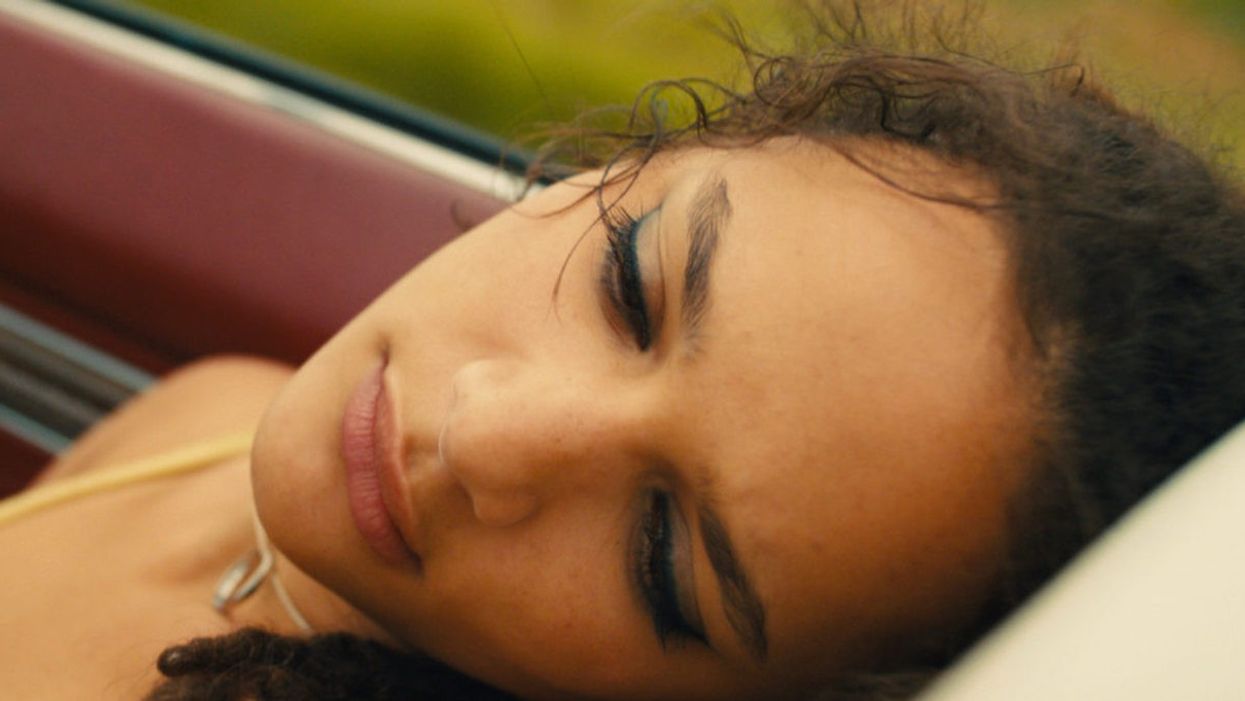Watch: Andrea Arnold's Framing Depicts Cinematic Loneliness
What does loneliness look like? Andrea Arnold shows it's all in the framing.

Directors and cinematographers can communicate a spectrum of human emotions through framing. In Her, Spike Jonze used the camera to depict his lovelorn character; in Mad Max: Fury Road, George Miller anchored the camera in a chaotic environment, inoculating the audience; in Frances Ha, Noah Baumbach used framing to reveal the truth of a changing relationship; in Mr. Robot, Sam Esmail highlighted his character's social anxiety through disorienting framing.
Andrea Arnold, meanwhile, uses framing to communicate solitude in all its variable forms. With her long-time cinematographer, Robbie Ryan (with whom Arnold has worked on every film since her first short), the director uses the camera to illustrate the chasm between her characters and their environments.
A new video essay by Jessica McGoff for Fandor highlights the visual strategies Arnold uses to depict her characters' alienation:
In Red Road, Arnold depicts the main character as visually at odds with social environments; often, the camera is one degree removed from a social scene due to a visual obstruction, indicating the main character's isolation. In Fish Tank, the protagonist can always be found at the center of the frame, which creates a looming sense of captivity and claustrophobia amidst her industrial, downtrodden world. And, finally, Arnold's protagonist is embedded in the landscape in Wuthering Heights, such that she becomes part of nature; when winter arrives, she, too, withers.
At Tribeca, Arnold described her process of collaborating with Ryan: "We take more lenses than we need and we'll follow the characters and then adjust for what works. I don't really block the scenes. I want it to be organic and I like to do it when we're there. You don't know the day; you don't know what it looks like; you don't whether the actor will have a stomach ache. I like to let those things play into it. I try not to control it too much. I try to keep it alive without squashing it."











